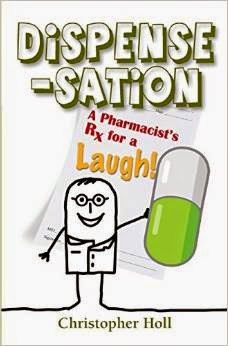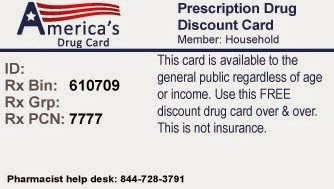On the morning of Christmas Eve, the United States Senate voted to approve HR 3590, the health care reform bill. Now all that is left is for the Senate and House to reconcile the bill and send it to the President for his signature.
If you visit the
APhA website, you'll see the organization applauding the inclusion of
MTM services in the bill. We all know that Medication Therapy Management is their thing. But does the inclusion of
MTM in the bill really do anything to advance the profession of pharmacy?
The
APhA statement following the passage of the bill, the
APhA says that it supports the provisions of the bill that:
- expand patient access to pharmacist clinical services
- ensure patient access to medications
- ensure a viable pharmacy infrastructure
- improve the Medicare D MTM program
Looking at the language of the text of the bill, I do like seeing that the bill specifically states "pharmacist-delivered MTM services". From what I read, that means call center nurses who work for the insurance company can't provide the MTMs. It means that the call center pharmacists who work for the insurance company get to do it instead.
I would like to see the opportunity to provide the MTMs to be offered to the community pharmacists first. We are the ones who see the patients every day. We know their faces. We know their situations. We know their histories. We know that they tried their spouses cholesterol medication when they ran out of their own. We know how bad of an idea that was, too.
To a call center pharmacist, they are a chart. The call center pharmacist is going to suggest alternatives for the patients that didn't work five years ago when the patient was insured by the local plant. The fact that a clinical pharmacist recommends it doesn't mean that it is going to work now. There is no provider-patient relationship established.
After the call, the patient is going to come to the local pharmacist and ask about the call. More than likely, the local pharmacist will reassure the patient about the recommendations, only the local pharmacist won't get paid for the time spent with the patient (and get backed-up on their dispensing functions).
I would like to see a business model where medication therapy management is incorporated into practice and is self-sustaining. Everything that I have seen on MTM practice settings is in academia (funded by grants), clinics (funded by government), or as an add-on to retail services (funded by the dispensing functions of the pharmacy).
Once we see that MTMs are a viable business model, I think you'll see more pharmacists get on board with it. But for now, MTMs just don't cut it and I think most would agree that it just isn't doing anything to advance the practice of pharmacy for those of us who see the patients on a daily basis.






